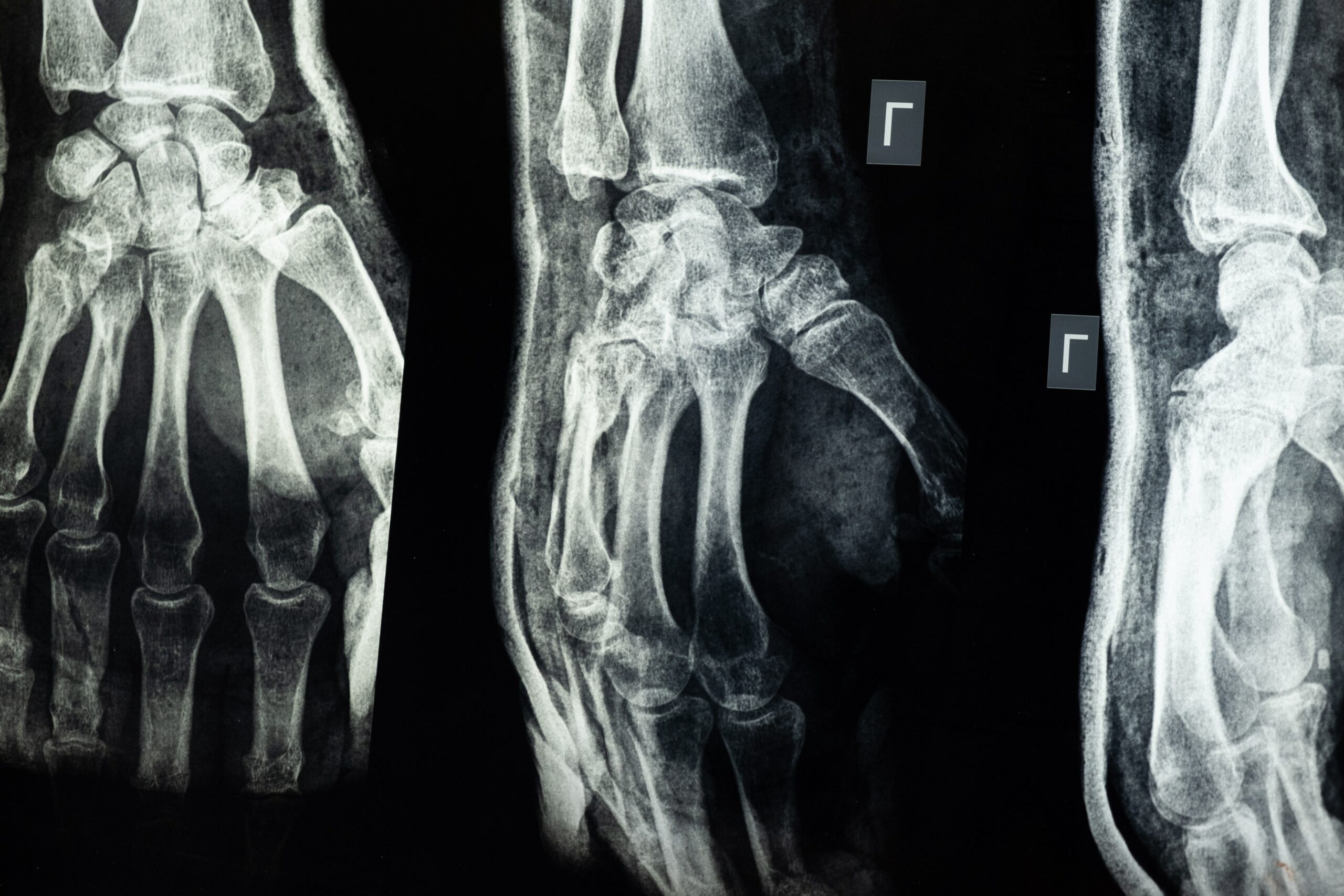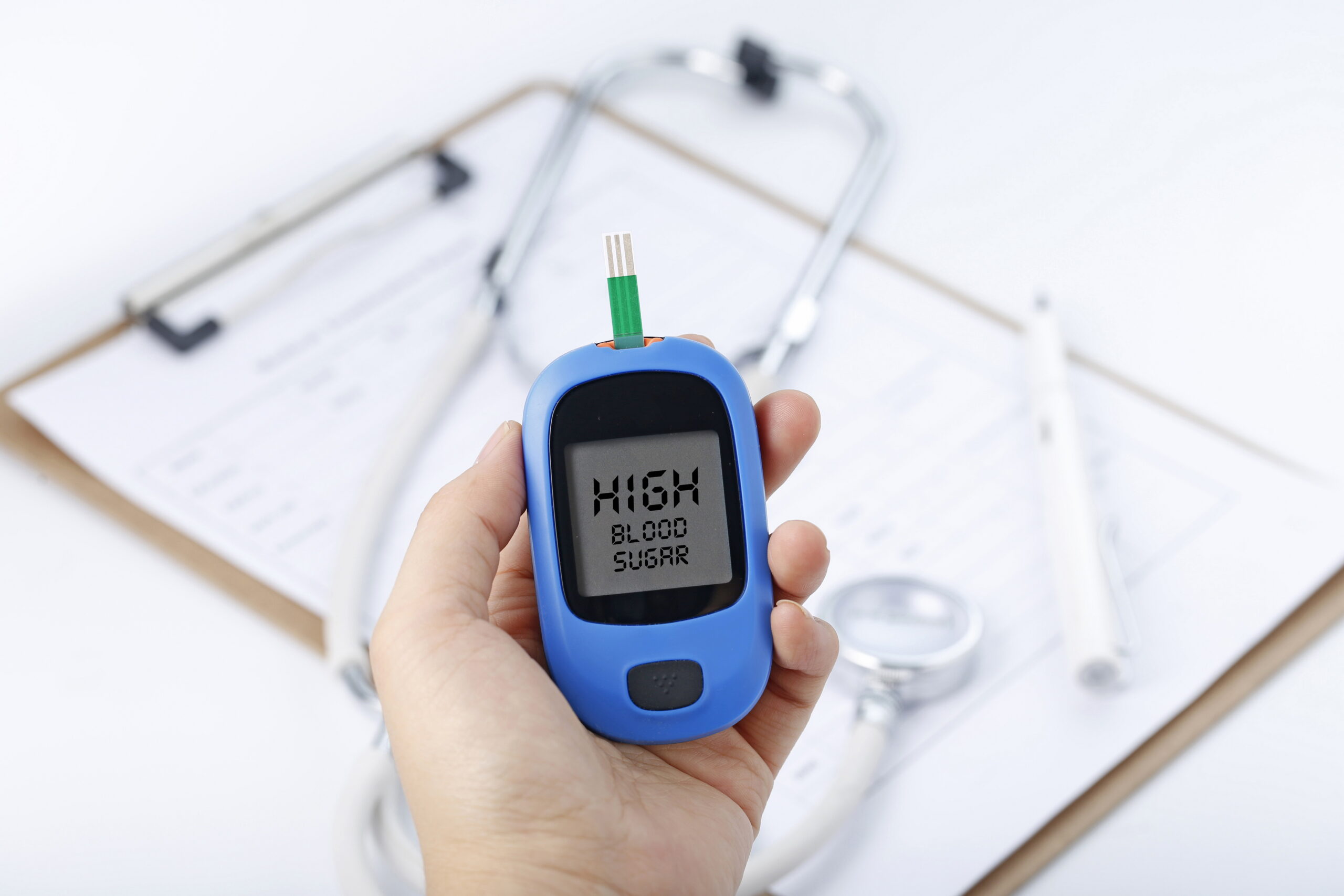Running is one of the best and most popular ways to improve and maintain fitness and stay in shape. In fact, about 50 million people will be into running and jogging in 2020.
It has a long list of benefits, but still, many runners will have to deal with running injuries at some point.
Read on to learn about the most common running injuries, their symptoms, and how they are treated.
About Running Injuries
Running is a great sport and recreational activity, but it can also be a source of injury. According to data, 50-75% of running injuries are overuse injuries. This type of injury usually happens over time through repetitive movement and not because of a single traumatic event. The areas of the body with the highest risk of injuries are the knee (28), ankle and foot injuries (26%), and shank (16%). This is based on a study published by the Journal of Sports Science and Medicine in 2019.
Whether you are running for pleasure or sporting activity, you are bound to experience some aches and tears along the way. Preventing injuries is not all about the absence of pain. It leans more about having the right reaction when that pain comes along.
5 Common Running Injuries And Their First Aid Treatments
1. Runner’s Knee
Also known as patellofemoral syndrome, runner’s knee refers to pain or injury you have in the front of your knee or kneecap. It is a common type of overuse injury, most seen in sports that involve running jumping. This injury can cause pain that is dull and can be felt in either one or both knees, and the pain ranges from mild to severe.
First Aid For Runner’s Knee
R.I.C.E. first-aid treatment is recommended to reduce initial symptoms of runner’s knee – Rest, Ice, Compression, Elevate. This treatment is particularly important for symptoms showing for the first time. You may also take over-the-counter or prescription anti-inflammatory medications.
2. Achilles Tendinitis
This injury occurs when the Achilles tendon is under too much stress, causing the tendon to tighten and get irritated. This eventually leads to experiencing pain in the back of the foot, 20% of runners experience this. (Achilles tendon is a fibrous tissue that connects the calf muscles to the heel bone.)
First Aid For Achilles Tendinitis
Start by resting the tendon and applying ice to the area. You can use crutches and take an over-the-counter pain reliever afterwards. It is best to keep the ankle from moving during the first week, with the foot flexing downwards to prevent further damages.
3. Stress Fracture
A stress fracture is a small crack in the bone that can cause pain and discomfort. This injury affects the runner’s shin or feet due to overexertion before the body adapts to a new activity.
First Aid For Stress Fracture
Take a rest and avoid any weight-bearing activities. Ice the injured area for 24 to 48 hours to help with the swelling. You can also wrap a soft bandage around the injury to refrain it from moving and ease swelling.
4. Shin Splints
Also known as medial tibial stress syndrome, shin splints are common in runners- taking up 15% of all running injuries. It may appear small at first, but the tears around the shinbone can develop into something serious.
First Aid For Shin Splints
Refrain doing any physical activities and give your legs enough time to rest. The discomfort from shin splints usually goes away in a few hours or days with rest and applying ice to the injury. If there is swelling, take over-the-counter anti-inflammatory medication, such as Ibuprofen (Advil).
5. Hamstring Injuries
Hamstring injuries can range from partial tears to strains and even hamstring tendonitis. This injury occurs gradually and can cause micro-tears in the tissue found on the hamstring muscle.
First Aid For Hamstring Injuries
The first aid treatment for hamstring injuries consists of the RICE protocol. This first aid procedure help reduce the bleeding and damage within the muscles. Rest the affected muscle in an elevated position for 20 minutes every two hours. Apply an ice pack indirectly by using a cloth to cover it before pressing it to the skin.
RICE protocol should be strictly followed for the next 48 to 72 hours.
Injury prevention measures are an effective way to reduce the chances of experiencing running injuries. The probability of developing an injury is high while running or jogging, but you can prevent all that from getting worse by following first aid safety measures.
If a running injury does happen, most of the first aid methods above can help ease the pain and decrease recovery time. If you have a passion for running, jogging, or any sporting activity, you can benefit from getting a first aid course.
Learn everything about first aid. Book a course with us.






